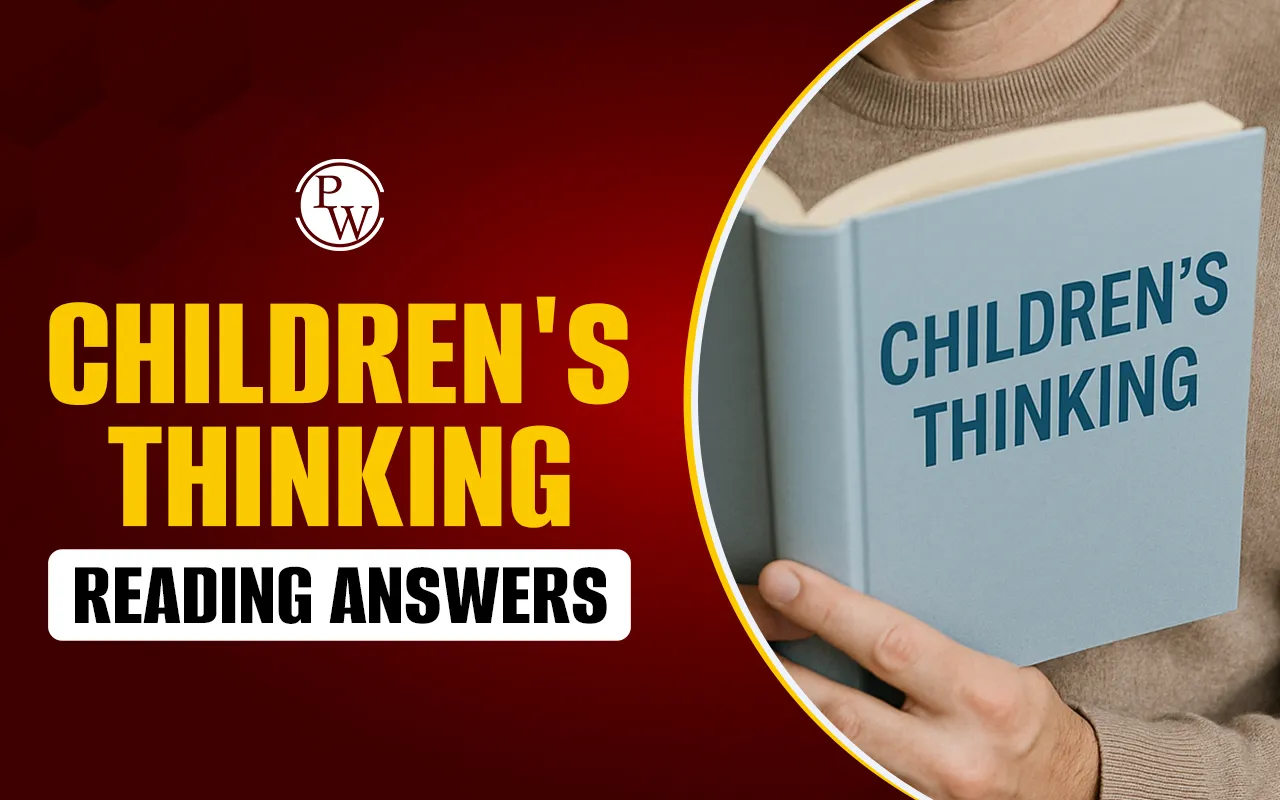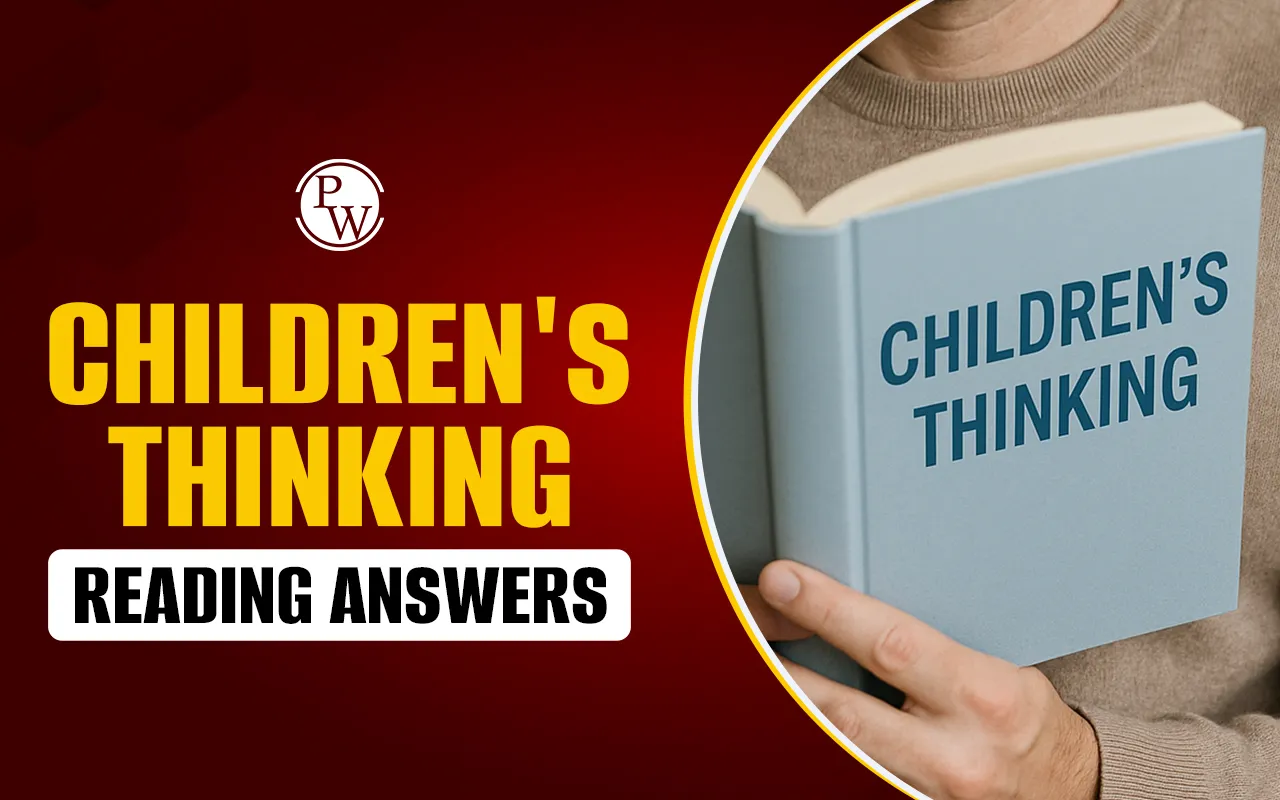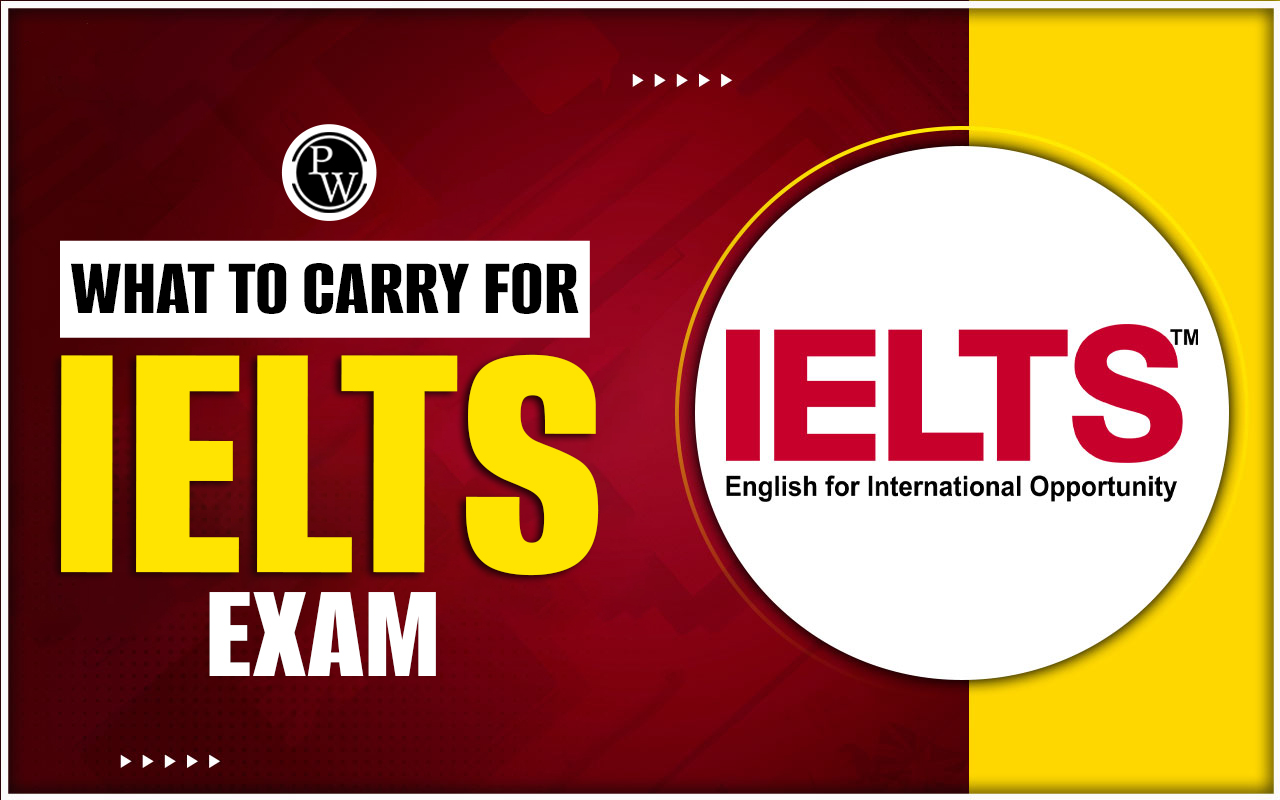

Children's Thinking Reading Answers passage is meant to take students across all the fascinating ways of research on how children approach and develop problem-solving skills. Based on psychological experiments by eminent figures such as Clark Hull, Howard Kendler, Tracey Kendler, Michael Cole, etc., it explores how children handle multi-step reasoning challenges.
Not only does this the Children's Thinking Reading Answers passage highlight the difficulty that one faces in completing certain tasks. Which is not necessarily a proof of lack of deductive reasoning. Therefore, the IELTS Academic reading passage is one of the perfect examples for testing comprehension, inference, and other skills. In fact, it is this passage that challenges the readers to distinguish between a subject and its ability under such conditions. So, candidates aiming to score higher in IELTS Reading must understand the Children's Thinking Reading Answers passage in detail, along with practicing related questions.
IELTS Children’s Thinking Reading Passage
Given here is the complete passage related to Children's Thinking Reading Answers. For the candidates who want to gain a hands-on experience in solving such a passage must go through the one provided below. Refer to the provided passage to boost the preparations for the upcoming examinations.
Children's Thinking Reading Passage
One of the most eminent psychologists, Clark Hull, claimed that the essence of reasoning is in the putting together of two ‘behaviour segments’ in some novel way, never actually performed before, so as to reach a goal.
Two followers of Clark Hull, Howard and Tracey Kendler, devised a test for children that was explicitly based on Clark Hull’s principles. The children were given the task of learning to operate a machine so as to get a toy. In order to succeed, they had to go through a two-stage sequence. The children were trained on each stage separately. The stages consisted merely of pressing the correct one of two buttons to get a marble and of inserting the marble into a small hole to release the toy.
The Kendlers found that the children could learn the separate bits readily enough. Given the task of getting a marble by pressing the button, they could get the marble; given the task of getting a toy when marble was handed to them, they could use the marble. (All they had to do was put it in a hole.) But they could not for the most part ‘integrate’, to use the Kendler’s terminology. They did not press the button to get the marble and then proceed to use the marble to get the toy. So the Kendlers concluded that they were incapable of deductive reasoning.
The mystery at first appears to deepen when we learn, from another psychologist, Michael Cole, and his colleagues, that adults in an African culture apparently cannot do the Kendler’s task either. But it lessens, on the other hand, when we learn that a task was devised which was strictly analogous to the Kendler’s one but much easier for the African males to handle.
Instead of the button-pressing machine, Cole used a locked box and a few differently coloured matchboxes, one of which contained a key that would open the box. Notice that there are still two behaviour segments, ‘open the right match-box to get the key’ and ‘use the key to open the box’, so the task seems formal to be the same. But psychologically it is quite different. Now the subject is dealing not with a strange machine but with familiar meaningful objects, and it is clear to him what he is meant to do. It then turns out that the difficulty of ‘integration’ is greatly reduced.
Recent work by Simon Hewson is of great interest here for it shows that, for young children, too, the difficulty lies not in the inferential processes which the task demands, but in certain perplexing features of the apparatus and the procedure. When these are changed in ways which do not at all affect the inferential nature of the problem, then five-year-old children solve the problem as well as college students did in the Kendler’s experiments.
Hewson made two crucial changes. First, he replaced the button-pressing mechanism in the side panels by drawers in these panels which the child could open and shut. This took away the mystery from that first stage of training. Then he helped the child to understand that there was no ‘magic’ about the specific marble which, during the second stage of training, the experimenter handed to him so that he could put it in the hole and get the reward.
A child understands nothing, after all, about how a marble put into a hole can open a little door. How is he to know that any other marble of similar size will do just as well? The result must be that he fails to solve the problem. Hewson made the functional equivalence of different marbles clear by playing a ‘swapping game’ with the children. The two modifications together produced a jump in success rates from 30 percent to 90 percent for five-year-olds; the olds from 35 per cent to 72.5 percent for four-year-olds; the three-year-olds, for reasons that are still in need of clarification, no improvement the rather a slight drop in performance, reproduced the change.
We may conclude, then, that children experience very real difficulty when faced with the Kendler apparatus, but this difficulty cannot be taken as proof that they are incapable of deductive reasoning.
Children's Thinking Reading Answers with Passage Sample Questions
Provided below are sample questions that are related to the Children's Thinking Reading Answers passage that has been given above. All these questions have been specially curated to match the IELTS Academic Reading test requirements. So, refer to and resolve the provided questions to gain some hands-on experience.
Questions 1–5: Children's Thinking True / False / Not Given Questions
Write TRUE if the statement agrees with the information in the passage.
Write FALSE if the statement contradicts the information in the passage.
Write NOT GIVEN if there is no information on this.
-
Clark Hull believed reasoning required combining two separate behaviour segments in a novel way.
-
The Kendlers’ experiment proved that children could not perform either stage of the task individually.
-
Michael Cole’s African participants solved the Kendler task without any modifications.
-
Using familiar objects made the task easier for the African adults in Cole’s study.
-
Hewson’s research showed that removing confusing elements helped children perform better in reasoning tasks.
Questions 6–8: Children's Thinking Multiple Choice Questions
Choose the correct letter, A, B, C or D.
What was the Kendlers’ main conclusion from their experiment?
A. Children lack any problem-solving skills.
B. Children are incapable of deductive reasoning.
C. Children can integrate separate tasks without training.
D. Children prefer mechanical tasks to reasoning tasks.
How did Michael Cole adapt the Kendler task for African participants?
A. He used fewer steps.
B. He removed the marble stage.
C. He replaced the machine with a locked box and matchboxes.
D. He trained them for a longer time.
What was one key change Simon Hewson made in his experiment?
A. Replaced buttons with drawers.
B. Removed the second stage entirely.
C. Added more complex mechanical steps.
D. Used marbles of different shapes.
Questions 9–12: Matching Information
Match each researcher with their contribution.
Write the correct letter A–D next to each researcher’s name.
List of Contributions:
A. Proved reasoning difficulty was due to unfamiliar apparatus rather than inability.
B. Suggested that reasoning involved combining behaviour segments in a novel way.
C. Showed cultural familiarity improved reasoning performance.
D. Altered apparatus to remove unnecessary difficulty for children.
Researchers:
9. Clark Hull
10. Howard & Tracey Kendler
11. Michael Cole
12. Simon Hewson
Questions 13–14: Children's Thinking Short Answer Questions
Answer the questions below using NO MORE THAN THREE WORDS AND/OR A NUMBER.
-
What did the children receive after pressing the correct button in the Kendler experiment?
-
By what percentage did Hewson’s modifications improve success rates for five-year-olds?
IELTS Children's Thinking Reading Answers
Now that we have been provided with the sample questions related to IELTS Children's Thinking Reading passage, it becomes essential for us to explore its answers as well. Covered below is t the IELTS Children's Thinking Reading Answers that candidates can refer to check their progress.
| IELTS Children's Thinking Reading Answers | ||
| Q.No | Answer | Explanation |
| 1 | TRUE | The passage states that Clark Hull believed reasoning was putting together two behaviour segments in a novel way. |
| 2 | FALSE | The children could perform each stage separately; the difficulty was integrating the two stages. |
| 3 | FALSE | Michael Cole’s African participants could not do the Kendler task without changes. |
| 4 | TRUE | Using familiar objects (locked box, matchboxes) made the task easier for African adults. |
| 5 | TRUE | Hewson’s work showed that changing confusing apparatus improved children’s performance. |
| 6 | B | The Kendlers concluded that children were incapable of deductive reasoning. |
| 7 | C | Cole replaced the machine with a locked box and coloured matchboxes. |
| 8 | A | Hewson replaced the button mechanism with drawers in the panels. |
| 9 | B | Clark Hull suggested reasoning involves combining behaviour segments in a novel way. |
| 10 | A | The Kendlers linked difficulty to reasoning ability, though later research challenged this. |
| 11 | C | Cole showed cultural familiarity improved reasoning performance. |
| 12 | D | Hewson changed the apparatus to remove unnecessary difficulty. |
| 13 | a marble | Pressing the correct button in the Kendler experiment gave the children a marble. |
| 14 | 60 percent |
Success rate improved from 30% to 90%, which is an increase of 60%. |
How Children Develop Thinking Skills Reading Answers?
From how children develop thinking skills, reading answers, this passage illustrates that reasoning ability is not static. It’s shaped by task presentation, context, and prior knowledge. Listed here are some of the ways in ways that can answer the question about how Children Develop Thinking Skills Reading Answers:
-
Experiencing varied problem-solving situations – Exposure to different formats strengthens integration skills.
-
Building familiarity with tools and objects – Tasks using familiar items reduce unnecessary cognitive load.
-
Understanding functional equivalence – Hewson’s “swapping game” taught children that any marble could work, reducing confusion.
-
Receiving guided instruction – Removing mystery from steps helps children focus on reasoning rather than figuring out unrelated mechanisms.
Children's Thinking Passage Reading Answers
The promoting creative thinking in children reading answers lesson from this passage is that creativity and reasoning are linked to clarity and motivation. When children understand a task’s purpose, they are more likely to experiment and find solutions. Here are some of the ways to promote creative thinking in problem-solving tasks:
-
Use relatable materials – Like Cole’s culturally familiar matchboxes and key.
-
Reduce unnecessary complexity – Avoid features that confuse rather than challenge.
-
Encourage step integration – Help children see connections between separate actions.
-
Offer variety – Let them try different solutions to reach the same goal.
Guidance to PW IELTS Prep
IELTS Online Courses is a great initiative Physics Wallah took to help IELTS aspirants better prepare for the exam. Follow our below pages to learn more about the IELTS exam.| What is IELTS Exam? | Documents Required for IELTS Registration |
| IELTS exam eligibility requirements | IELTS Exam Fees |
| IELTS test results | IELTS Exam Pattern |
Children's Thinking Reading Answers FAQs
What is the main focus of the Children's Thinking Reading Answers passage?
Does the passage say children lack deductive reasoning?
Which psychologist introduced culturally familiar tasks?
Who proved that altering apparatus details improved results?
How does this relate to how children develop thinking skills reading answers?












